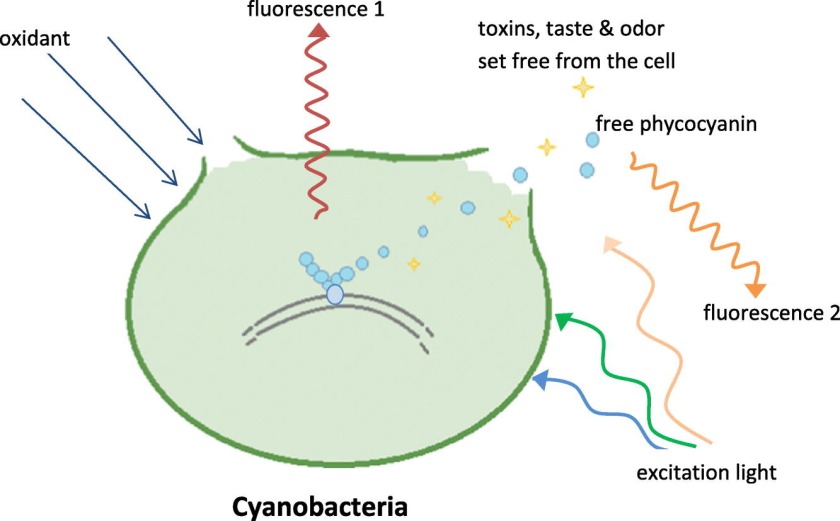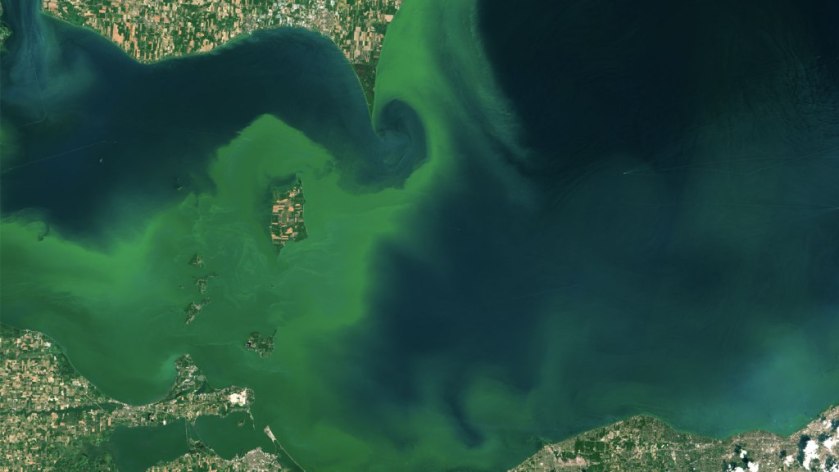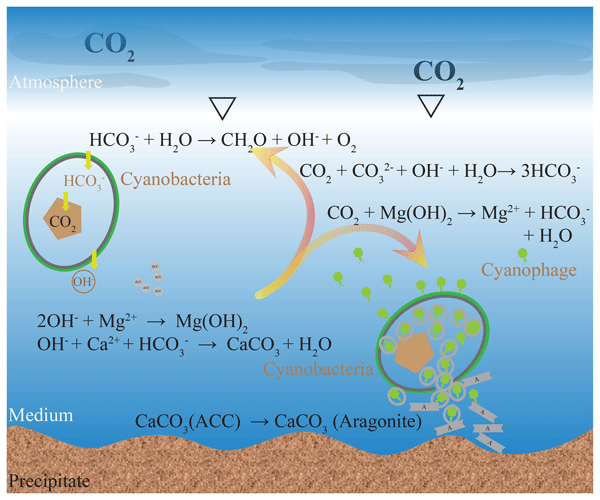Month: March 2019
Research Technician (Wetland Biogeochemistry), Louisiana Universities Marine Consortium (LUMCON), Cocodrie, LA, USA
Graduate studentship: the University of Idaho, ID, USA
Postdoc (Shellfish population genomics), Bielefeld University, Germany
Postdoc (Aquatic Evolutionary Ecology), University of Innsbruck, Mondsee, Austria
Graduate studentship: University of Adelaide, Adelaide, SA, Australia
Summer internship available studying Harnful Algal Blooms
The Erdner laboratory is seeking a Summer Research Intern to assist in studies of the toxic dinoflagellate that causes ciguatera fish poisoning. The position is primarily laboratory-based and will include algal culture and molecular biology tasks such as DNA extraction and PCR. Other studies are possible, depending on background. The position is at the University of Texas Marine Science Institute in Port Aransas, TX (http://sites.utexas.edu/erdnerlab/). Questions about the position should be directed to derdner@utexas.edu.
Eligibility: We are looking for motivated and dedicated applicants with an interest in being an active part of our lab group. We encourage applicants from groups that are underrepresented in marine science. You should be an undergraduate student, i.e. expected to be enrolled during the Fall 2019 semester. Coursework in molecular biology and prior experience with basic techniques is desired, but not required. The pay range is $10-15 per hour, depending on experience, with a 40-hour workweek expected, for 10 weeks. Dormitory housing is available at the Institute, and it is included as part of the internship.
We will begin to review applications on April 15, 2019, and may continue to accept applications after that date if needed. To apply, please send the following to Dr. Deana Erdner at derdner@utexas.edu:
1) Cover letter/email stating why you are interested in the internship
2) Resume or CV
3) List of coursework: either an official transcript, unofficial transcript, or list of courses taken and grades.
4) The names and contact information of two references
If electronic submission is not possible, hardcopy applications can be mailed to:
Dr. Deana Erdner
University of Texas
Marine Science Institute
750 Channel View Dr.
Port Aransas, TX 78373
Early warning method for cyanobacteria toxin, taste and odor problems by the evaluation of fluorescence signals

Authors
C. Moldaenke, Y. Fang, F. Yang, A. Dahlhaus
Permanganate and ozone are often used in drinking water treatment plants for the oxidation of taste and odor compounds, toxins, and algae as well as the reduction of mussel activity. The disadvantage of an overuse of such oxidants is the potential lysis of cyanobacterial cells. Cell lysis causes taste and odor components as well as toxins to be released into the water, which results in the need for even more treatment to remove these compounds completely. Our research in the CLIENT-SIGN project investigated an innovative method to monitor the lysis of cyanobacteria cells: increases in a specific fluorescence emission spectrum of the cyanobacteria pigment phycocyanin were used as a proxy for cell lysis and other compounds (taste/odor, toxins) leaving the cells. We call this form of phycocyanin “free phycocyanin” or “unbound phycocyanin”. By monitoring free phycocyanin via a relatively fast and inexpensive measurement, water utilities will be better able to optimize the dosage of pre-oxidation compounds to remove extracellular compounds while preventing the lysing of cells. Laboratory studies and a case study at Yangcheng Lake (adjacent to Lake Taihu, Yangcheng Lake Water Treatment Plant, Suzhou Industrial Park, China) are presented herein. An online surveillance system that monitors incoming raw water and the water after pre-oxidation is proposed to better cope with changing water conditions.
Extending the forecast model: Predicting Western Lake Erie harmful algal blooms at multiple spatial scales

Authors
Lake Erie is a classic case of development, recovery from, and return to eutrophication, hypoxia, and harmful algal blooms. Forecast models are used annually to predict bloom intensity for the whole Western Lake Erie Basin, but do not necessarily reflect nearshore conditions or regional variations, which are important for local stakeholders. In this study we: 1) developed relationships between observed whole basin and nearshore bloom sizes, and 2) updated and extended a Bayesian seasonal bloom forecast model to provide new regional predictions. The western basin was subdivided into 5 km near-shore regions, and bloom start date, size, and intensity were quantified with MODIS-derived images of chlorophyll concentrations for July–October 2002–2016 for each subdivision and for the entire basin. While bloom severity within each subdivision is temporally and spatially unique, it increased over the study period in each subdivision. The models for the 5 km subdivisions explained between 83 and 95% of variability between regional sizes and whole bloom size for US subdivisions and 51% for the Canadian subdivision. By linking predictive basin-wide models to regional regression estimates, we are now able to better predict potential bloom impacts at scales and in specific areas that are vital to the economic well-being of the region and allow for better management responses.
Precipitation of calcium carbonate mineral induced by viral lysis of cyanobacteria: evidence from laboratory experiments

Authors
Viruses have been acknowledged as being important components of the marine system for the past 2 decades, but their role in the functioning of the geochemical cycle has not been thoroughly elucidated to date. Virus-induced rupturing of cyanobacteria is theoretically capable of releasing intracellular bicarbonate and inducing the homogeneous nucleation of calcium carbonate; however, experiment-based support for virus-induced calcification is lacking. In this laboratory study, both water carbonate chemistry and precipitates were monitored during the viral infection and lysis of host cells. Our results show that viral lysis of cyanobacteria can influence the carbonate equilibrium system remarkably and promotes the formation and precipitation of carbonate minerals. Amorphous calcium carbonate (ACC) and aragonite were evident in the lysate, compared with the Mg(OH)2 (brucite in this paper) precipitate in noninfected cultures, implying that a different precipitation process had occurred. Based on the carbonate chemistry change and microstructure of the precipitation, we propose that viral lysis of cyanobacteria can construct a calcification environment where carbonate is the dominant inorganic carbon species. Numerous virus particles available in lysate may coprecipitate with the calcium carbonate. The experimental results presented in this study demonstrate both the pathway and the outcome with respect to how viruses influence the mineralization of carbonate minerals. It is suggested that viral calcification offers new perspectives on mechanisms of CaCO3 biomineralization and may play a crucial role within the Earth system.
